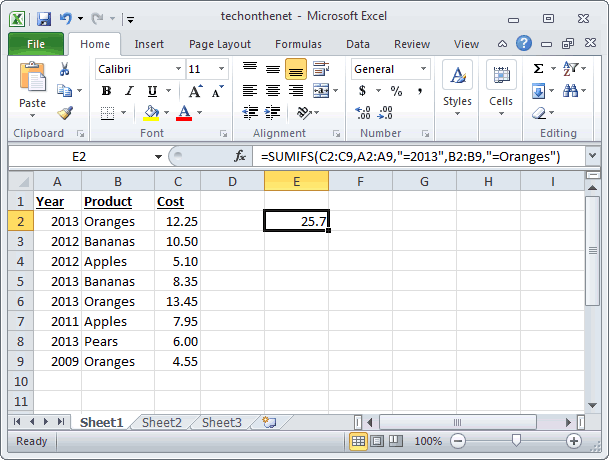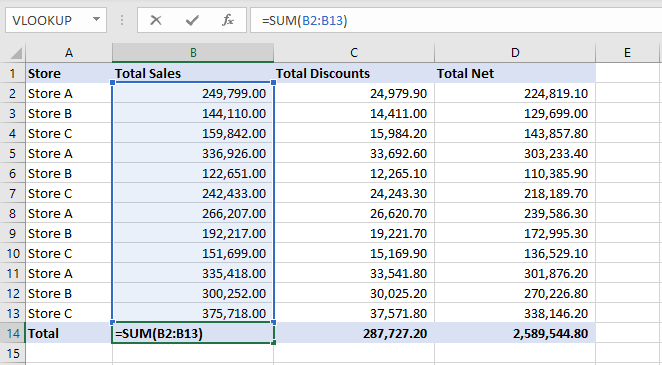

The following SUMIF function gives the exact same result. This will perform the exact same calculations as the SUMIFS function above, but will work for versions of Excel 2003 or earlier.2. When creating your array formula, you need to use Ctrl+ Shift+ Enter instead of Enter. You may need to adjust the ranges accordingly.īut since you are using Excel 2003 and the SUMIFS function has yet been implemented by Microsoft, you will need to use an array formula. This will evaluate the first 10 rows of data in your spreadsheet. In Excel 2007 and higher, you could do this with the following SUMIFS formula: =SUMIFS(D1:D10,A1:A10,"=jim",B1:B10,"=ben",C1:C10,"=alice") I can't seem to get my ANDs and IFs formula right!Īnswer:You should be able to create this formula without using the IF function or AND function.

If any row in column a = 'jim' AND any row in column b = 'ben' AND any row in column c = 'alice' then add together column d for all the rows that match the criteria. Question:In Microsoft Excel 2003, I'm trying to work out a formula for the following: The Name Manager window should now appear. Then in the Defined Names group, click on the Defined Names drop-down and select Name Manager. To view named ranges: Select the Formulas tab in the toolbar at the top of the screen. Then we've entered the following data in Excel:īased on the Excel spreadsheet above, the following SUMIFS examples would return: =SUMIFS(Cost,A2:A9,">2011",B2:B9,"=Apples")

If you are unsure of how to setup a named range in your spreadsheet, read our tutorial on Adding a Named Range.įor example, we've created a named range called cost that refers to column C in Sheet 1. A named range is a descriptive name for a collection of cells or range in a worksheet.

You can also use a named range in the SUMIFS function. Result: 18.85 'Uses the ? wildcard to match on a single character, ie: Bananas, Benanas, Binanas, Bonanas, and so on Using Named Ranges Result: 18.85 'Uses the * wildcard to match on all products that start with B Let's look at some Excel SUMIFS function examples and explore how to use the SUMIFS function as a worksheet function in Microsoft Excel:īased on the Excel spreadsheet above, the following SUMIFS examples would return: =SUMIFS(C2:C9,A2:A9,"=2013")


 0 kommentar(er)
0 kommentar(er)
